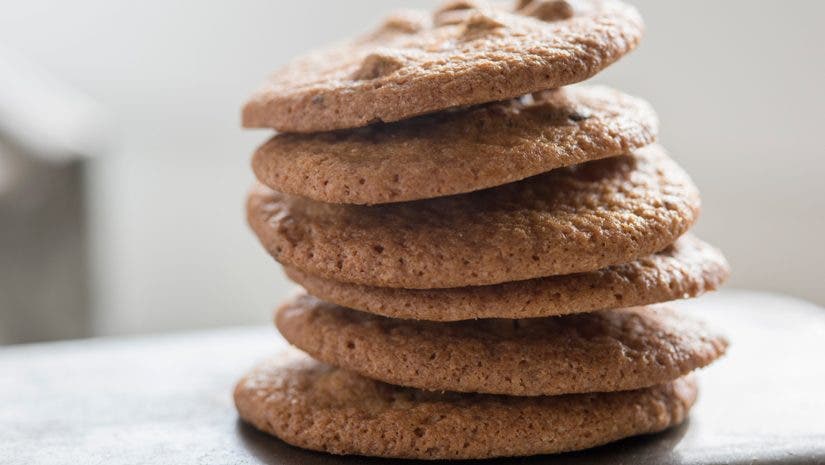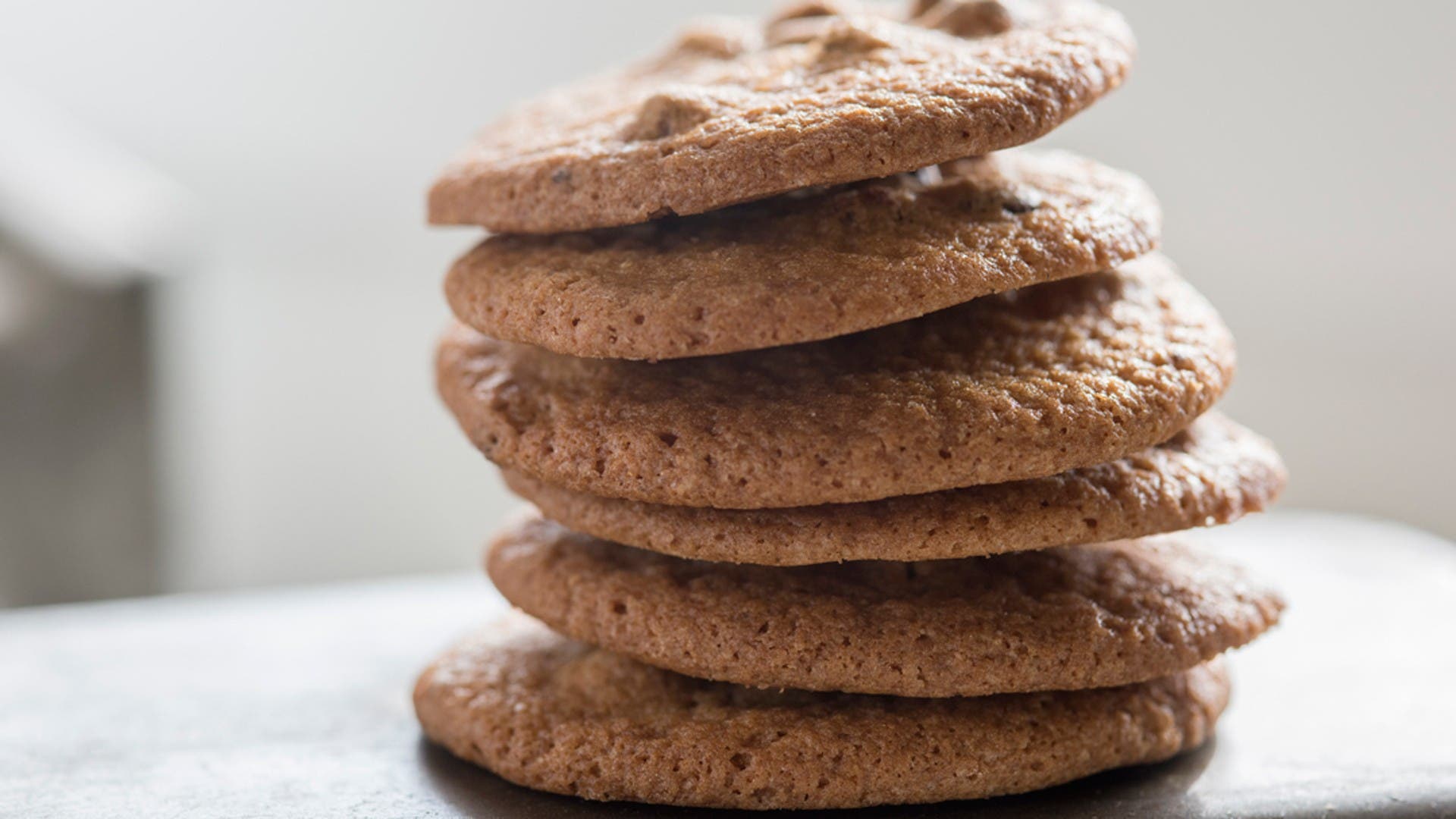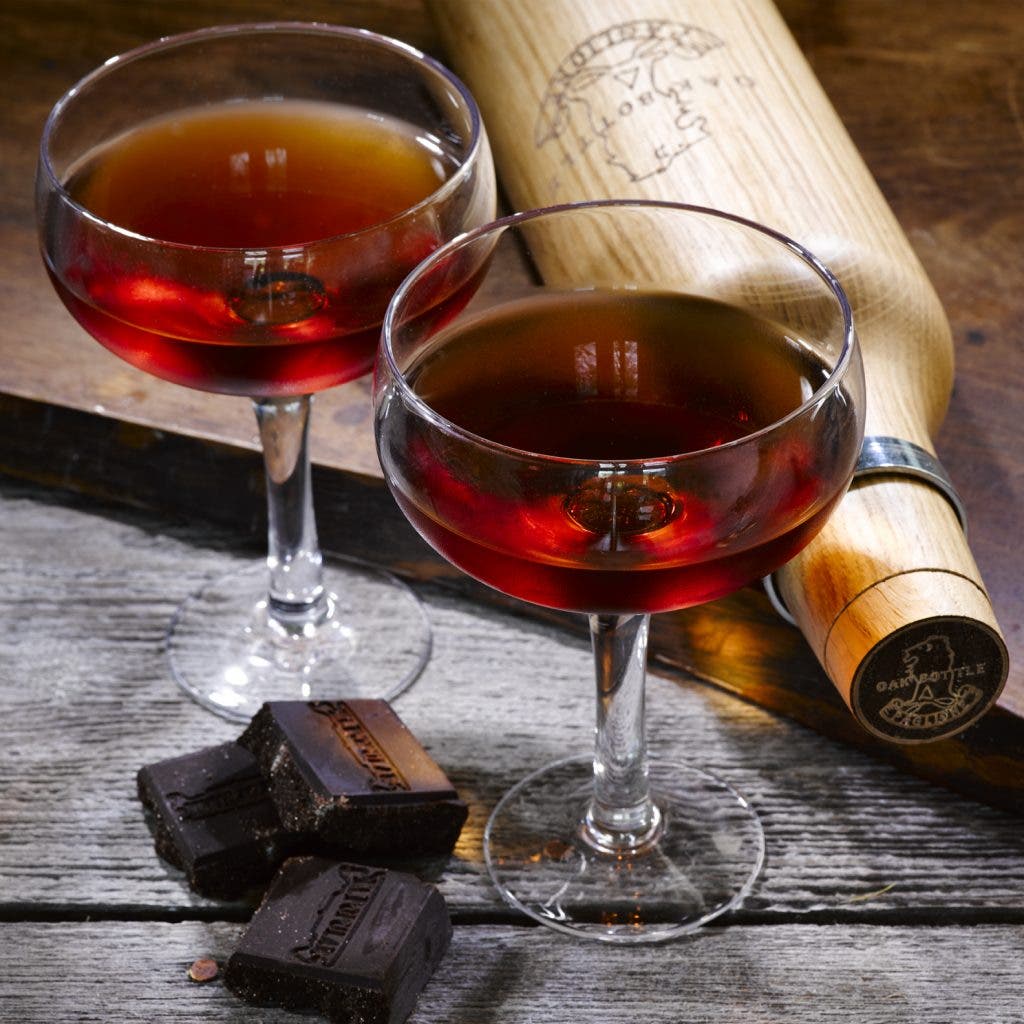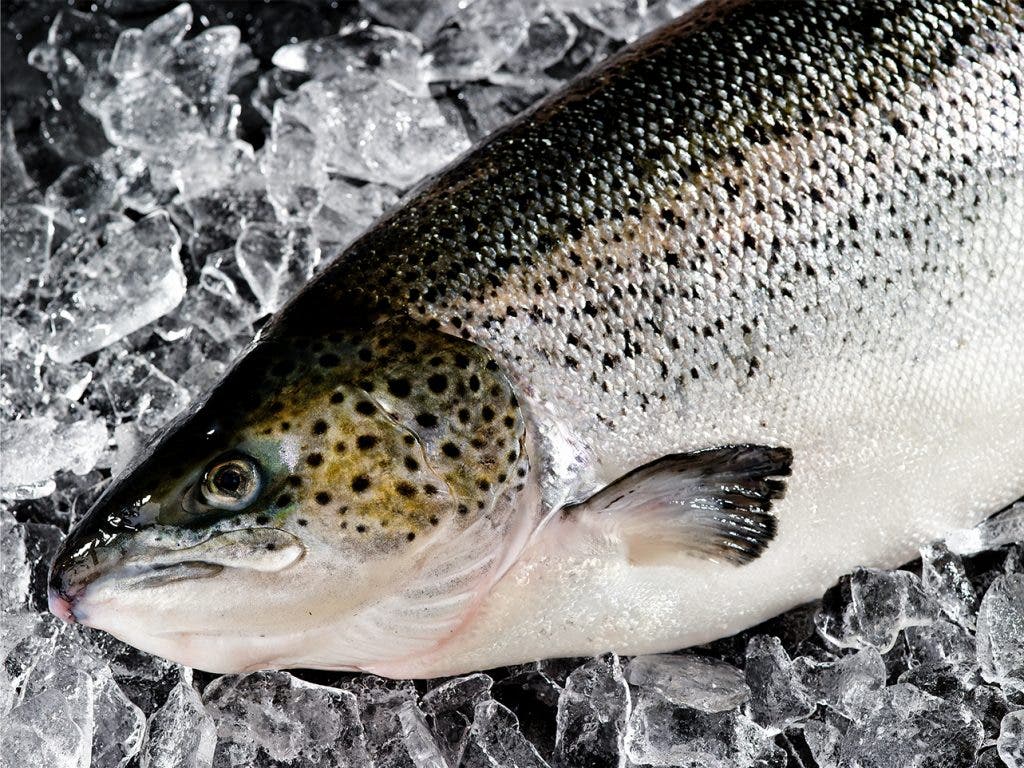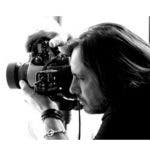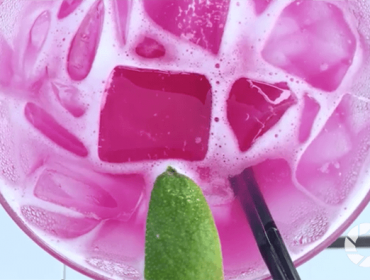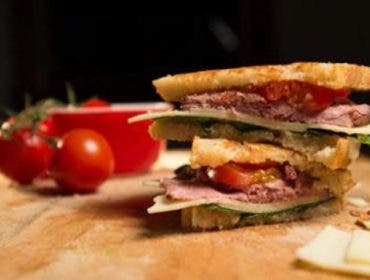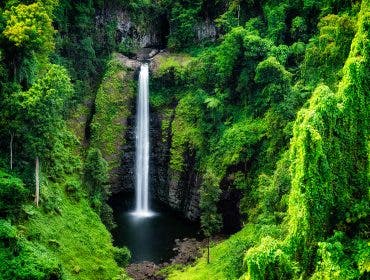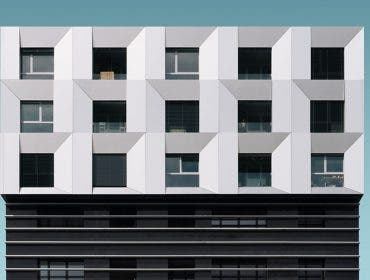It’s hard to believe 17 years have passed since I became a professional food photographer. Back in the day, food photography was considered one of the most challenging photography genres. Its popularity has skyrocketed and in the past few years it has truly become a phenomenon.
Food photography as a profession can be rewarding and lucrative. Here are some valuable insights if you feel your work is strong enough to attract paying clients and want to pursue it professionally:
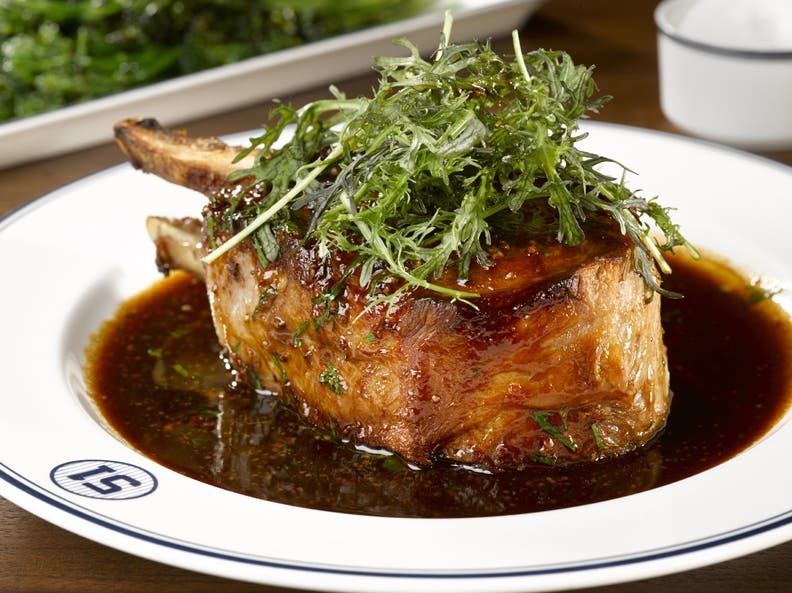
Leave Ego at Home
Shooting professionally, you must understand the difference between taking photographs that satisfy your ego vs. taking photographs that satisfy the client’s needs. Perhaps, up until now, your work has been entirely of your own design. A paying client alters the equation significantly. You must be prepared to work toward a client’s needs in order to achieve the objectives of the photo shoot.
An art director or client may call the shots. You will often be asked to follow a layout. It is extremely important to understand as a paid shooter that your goal is to achieve an objective set fourth by your client. The ability to place ego aside is an important attribute of paid professionals.
Relationships with Stylists
It is important to forge relationships with talented and reliable food stylists. Food photographers usually rely on a food stylist when not styling the food themselves. It is critical to develop a good relationship with several stylists. Your first choice food stylist may not available, and it is essential to have back-ups ready. Unpreparedness could cost you a job. Clients work on their own timetable and deadlines. Never expect a client to accommodate and rearrange dates.
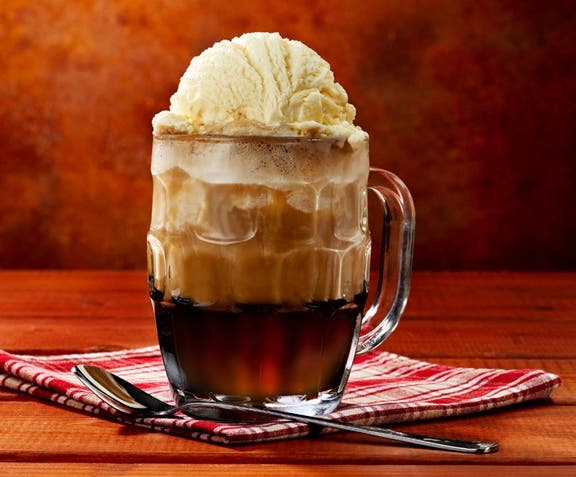
Equipment Check
Is your equipment good enough to take high -resolution photos that a client can purpose for their needs? Not all images wind up on the web. Some go to print. You should include high-resolution files and web resolution images when delivering a job. Clients may need to put the photos on a billboard or a truck wrap. Small files will put the client and yourself in a bad position. Shoot in raw capture and deliver the highest resolution files possible.
Accountability
Can you deliver a job on budget and to the satisfaction of your client? Although happy accidents are known to occur, professional photographs are not accidental but carefully planned. The ability to visualize a photograph in your mind and produce it with consistency is the line that separates pro from hobbyist.
Lighting
Understanding how to use artificial light is a crucial. Mastering a few key lighting basics will be enough to get you through most jobs when natural light is not an option. Scout your location before a shoot. Knowing what to expect is ensure success. Being unprepared is ill-advised and unprofessional.
Key pieces of lighting equipment are a necessary expense for the professional food photographer. Strobe lights (flash) work for most still photography jobs. There are also may LED options. If you plan on shooting video, LED might be the best choice. Strobes can be more versatile if you exclusively shoot stills. Mix ambient light with strobes to have more precision and control the light better. Use a combination of soft light and hard (specular) light. The soft light is broad while the hard light is more focused and defined. A soft box works for diffused light. Place a honeycomb grid in front of the source when using a hard light. This allows the hard light source to scatter. Two or three lights are enough to get you through most jobs where natural light is not available.
Equipment Extras
Rounding out your list of equipment, you should have a good sturdy tripod, a macro lens for food (105MM,) some drugstore mirrors with magnification, A clamps, stands, diffusion discs, black cards and bounce cards. A small food styling kit also comes in handy. It should include q-tips, large tweezers, a spray bottle, photographer’s wax, some small wedges for leveling and Windex.
Assisting
Turning your passion into a business can be done in a variety of ways. Many would-be photographers assist established food photographers. This helps them learn the business without having to make the mistakes a first-time business owner encounters. Valuable skills like estimating jobs, working with clients, lighting and work-flow can be absorbed in this way.
Fast Track Trick
If you are eager to start, one of the quickest paths to paid assignments is shooting for restaurants. Professional chefs are usually very skilled at plating food. All you have to consider is the photography and perhaps a few simple styling techniques to finish off the food once it comes out.
Multileveled Business
There are many levels to food photography and many points of entry into the business. Food photography is needed for advertising, web, package design, restaurants, editorial, to name a few. A good alternative is to seek a position as a staff photographer for a company that creates large content streams.
Being in the right place at the right time can also play a big part. The important thing is when an opportunity comes your way that you recognize it – and have the ability to deliver the job to the client’s satisfaction and within the budget.
Competition is stiff but if you are determined, have a good portfolio and can deliver professional work, chances are you will be a success.
